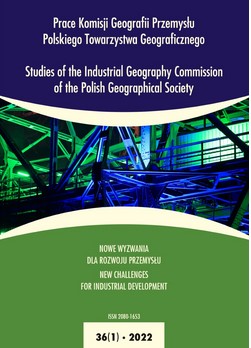Using cognitive mapping method to track down tourism students’ spatial orientation regarding tourist attractions in the city of Lviv (Ukraine)
Using cognitive mapping method to track down tourism students’ spatial orientation regarding tourist attractions in the city of Lviv (Ukraine)
Author(s): Oresta Bordun, Mariya KozolupSubject(s): Human Geography, Environmental Geography, Higher Education , Cognitive Psychology, Tourism
Published by: Wydawnictwo Uniwersytetu Komisji Edukacji Narodowej w Krakowie
Keywords: cognitive mapping; geospatial orientation; professional training; sketch map; student tourism;
Summary/Abstract: Spatial orientation, in addition to being crucial for human survival, is one of the key professional competences of a tourism graduate. Thus, the development of spatial orientation throughout university programs in tourism is vital for future specialists in this field. The question of the effectiveness of training tourism majors with regard to the formation of space orientation has not been addressed in Ukrainian higher education so far. Therefore, the purpose of this study was to trace the dynamics of geospatial literacy in students of tourism during the bachelor’s and partly master’s levels of study at Ivan Franko National University of Lviv and find its possible links to the curricular and extracurricular offering of the institution. The study comprised two parts: analysis of the curricula at both levels, specifically syllabi of compulsory and elective disciplines and course descriptions, and a comparative assessment of students’ geospatial orientation in the city of Lviv with a special focus on its tourist attractions using the method of cognitive mapping. Students of the 1st and 4th year of the bachelor’s program, as well as the 1st year of the master’s program participated in the study. The research results show a significant improvement in students’ spatial orientation in the city over years and suggest a positive correlation between the university’s offering (both curricular and extracurricular) and the progress observed.
Journal: Prace Komisji Geografii Przemysłu Polskiego Towarzystwa Geograficznego
- Issue Year: 36/2022
- Issue No: 1
- Page Range: 138-154
- Page Count: 17
- Language: English

